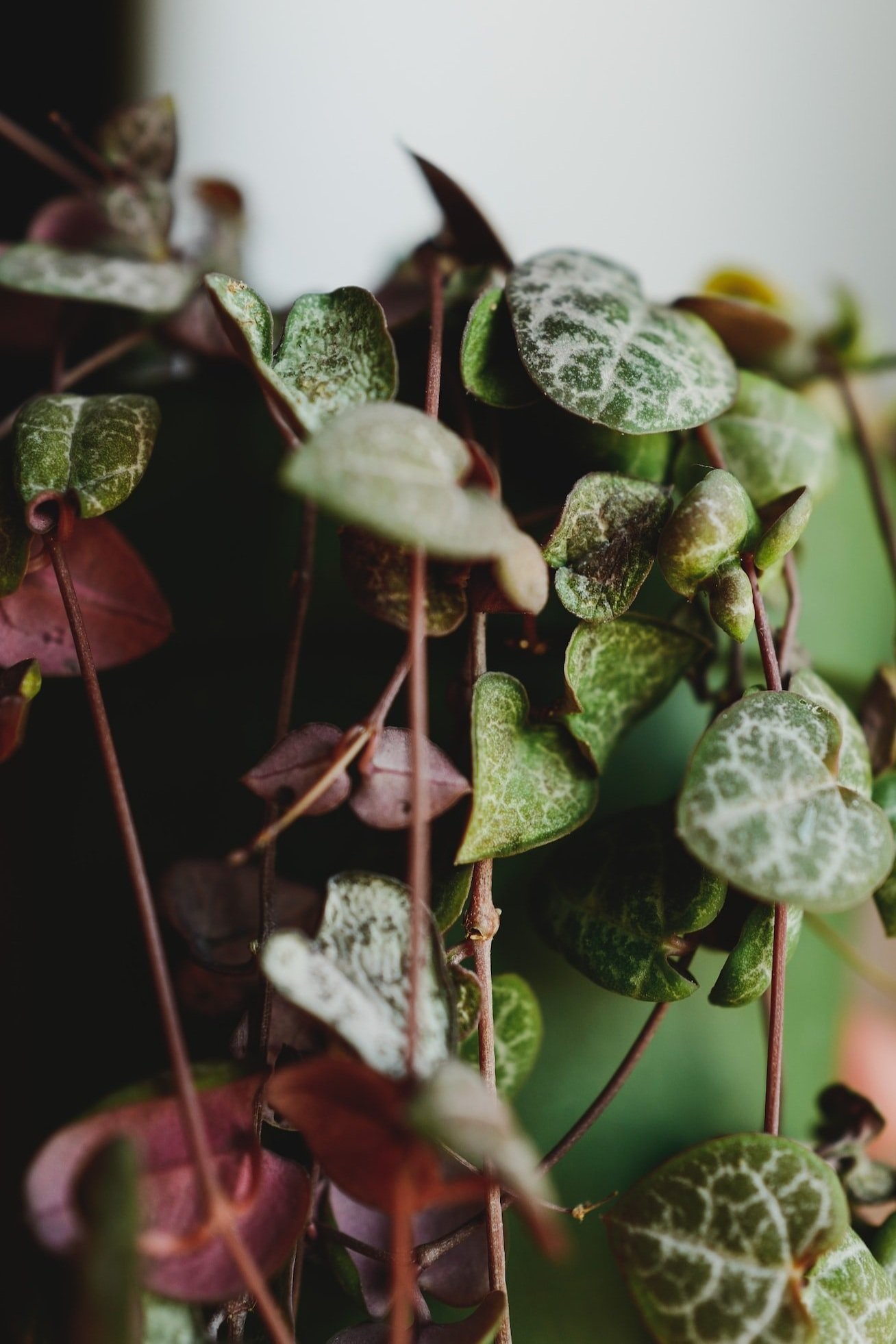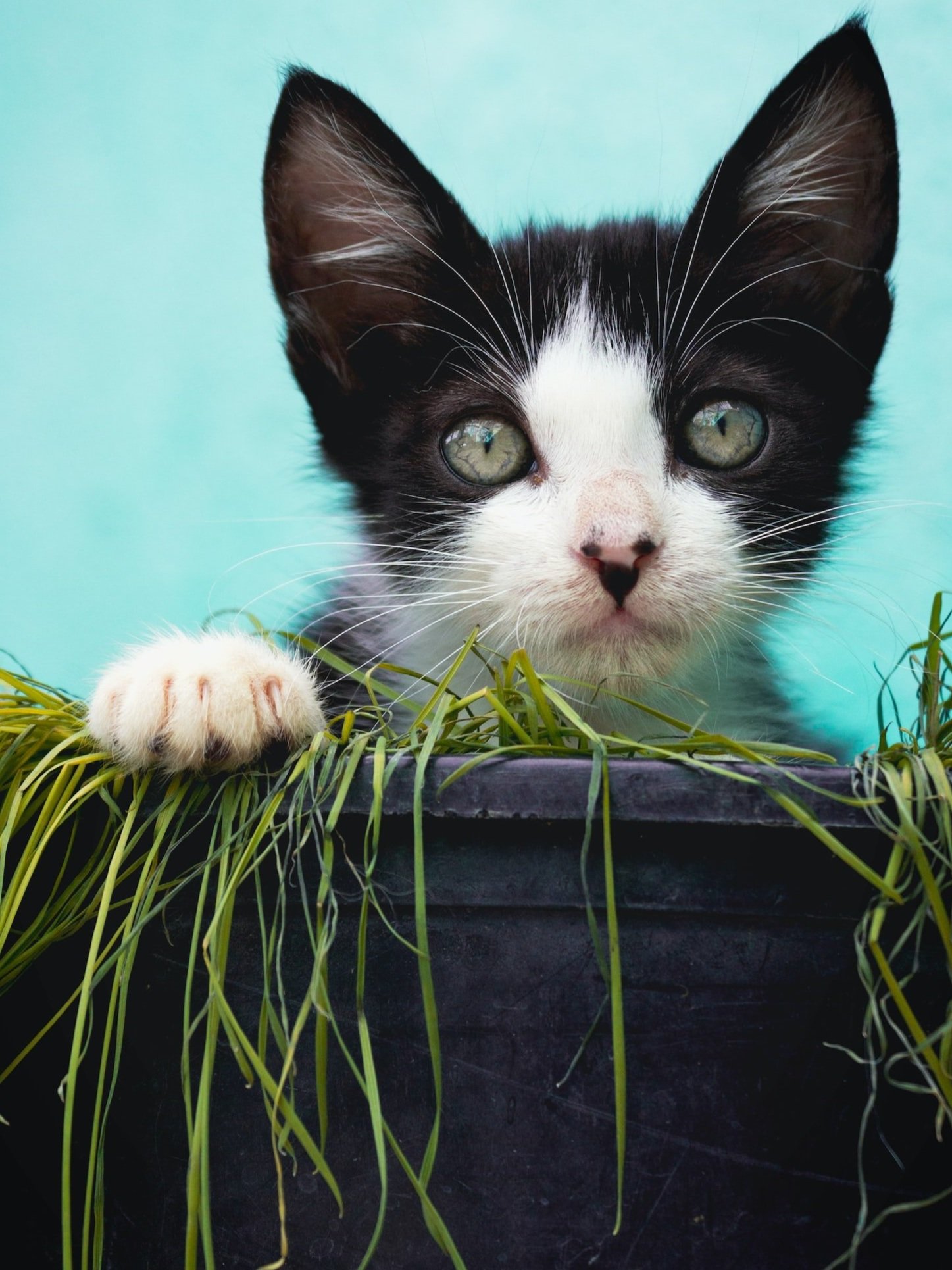The Comprehensive Guide to Trailing Indoor Plants
This guide will help you select and nurture the perfect trailing indoor plant (or hanging plants) for your home, whether you're a novice indoor gardener or an experienced green thumb. We provide advice on selecting the right type of soil, as well as information on proper watering techniques and fertilisation. You'll also find helpful tips about light and temperature requirements, so your houseplant will be trailing well and thrive in its new environment.
With all the knowledge included in this comprehensive guide, you can be sure that your hanging house plants will stay healthy, beautiful, and happy! So get growing today with The Comprehensive Guide to indoor trailing houseplants!
What are indoor trailing plants?
Trailing houseplants are often shelf-dwelling and have long and lush foliage flowing down string-like stems. These are usually common houseplants, like the English ivy, wandering dudes, Boston ferns and devil's ivy - to name a few.
Trailing plants are the perfect way to add some life to your home or office spaces, as they help create a calming atmosphere while also helping improve air quality. They require a bit of care and attention, however, so make sure to read up on the common needs of your specific trailing plant.
To make the most of your hanging houseplants, look for ones with interesting foliage and shapes. Also, consider the light requirements of each one before deciding where to place it - some may need more sun than others!
What plants are good to hang inside - The Best Trailing House Plants
From the wax plant to the Epipremnum (devil's ivy), there are a wide variety of trailing houseplants you can have flowing down bookshelves, hanging from the ceiling or even forming part of a green wall!
Our top 11 common hanging houseplants are listed below, these are easily available and can hang from your ceilings and shelves!
1. English Ivy
The English ivy is a classic and popular for good reason. It is very easy to care for and can tolerate both low and bright light conditions.
2. Tradescantia Zebrina
This plant is known for its purple-green striped leaves and trailing vines. This one loves indirect light.
3. Wax plant
Also known as Hoya Carnosa or lipstick plant, this popular trailing house plant is easy to take care of and has beautiful wax-like flowers that grow in clusters.
4. Epipremnum Aureum (Pothos/Devil's Ivy)
This hardy vine can reach up to ten feet in length and is a great choice for beginners who want an attractive houseplant with minimal maintenance. An added bonus is that it has air purifying qualities
5. String of Hearts (Ceropegia woodii)
The String of Hearts is an adorable succulent that looks like a bunch of tiny pink hearts. It's easy to care for and its trailing stems will add a unique touch to your home. it can also tolerate bright light or a little bit of shade. These often arrive in hanging planters which can be quite convenient.
6. Monstera adansonii (monkey mask)
The Monstera adansonii is an attractive trailing houseplant with long fenestrated leaves. It can grow quite large if allowed to climb but we prefer to have it trailing with smaller juvenile leaves.
7. Philodendron micans
Philodendron micans can be used in a vertical display and it adds a unique texture to any space. Its velvety leaves have shades of purple, red and pewter green.
8. Philodendron Scandens Brasil
This Philodendron has bright green, heart-shaped leaves and trailing stems that are perfect for hanging baskets. It’s also very easy to care for. This one looks great in a hanging pot!
9. Maranta leuconeura
The Maranta is also known as the prayer plant due to its habit of folding its leaves up at night. It looks great hanging from a shelf and has gorgeous foliage with red, pink and white stripes. Perfect for a kitchen!
10. String of pearls
This striking succulent is perfect for those who want low-maintenance, interesting foliage. It has small round leaves that grow in pearl-like chains and it is very easy to care for.
11. Fishbone Cactus
This cactus grows in tropical rainforests and produces awesome trailing succulent leaves. It doesn’t require much water and can tolerate a lot of sun!
The best indoor hanging plants for low light
Not all trailing indoor houseplants are suited for every room . Some require more light than others. That’s why we’ve put together a list of the best trailing indoor plants for low light environments. These will make the perfect addition to any darker room in your home.
With these options you can enjoy lush, trailing foliage, even in low light environments - so don’t be afraid to spruce up those shadowy corners with some greenery!
1. Epipremnum aureum (Pothos)
2. Philodendron hederaceum variegata (Heart-Leaf Philodendron)
3. Scindapsus pictus (Silver Pothos)
4. Syngonium podophyllum (Arrowhead Plant)
5. Hedera helix (English Ivy)
6. Maranta leuconeura variegata (Prayer Plant)
7. Nephrolepis exalt
IIndoor trailing plants safe for pets
A question we get asked a lot when styling plants for clients homes is “which plants are safe for our pets”? Some indoor trailing plants can be toxic to some animals and so it pays to know which plants are pet friendly before bringing any new greenery into the home. Particularly if your furry companion likes to chew on foliage!
Here is a list of some of the best trailing plants that are safe for cats and dogs and other pets:
1. String of Hearts ceropegia woodii
2. Swedish Ivy
3. String of Turtles, peperomia prostata
4. Burros tail, sedum morganianum
5. Spider Plants
With this list, you can be sure that your houseplants will not only look beautiful and add some life to any space, but they’ll also be safe for all the furry friends in your home! Happy planting!
Some indoor trailing plants that are toxic include all species of:
1. Monstera
2. English Ivy
3. Philodendron
4. Rhaphidophora
5. Syngonium
As a general rule of thumb, it’s best to do some research before introducing any new plants into your home or office space - and always try and keep them away from curious little paws! Easier still - The Botanical Archive's plant styling service can do it for you!
How do I care for my indoor trailing plant?
Now that you’ve found the perfect trailing houseplant for your home, let’s look at how you can best care for it.
Most prefer bright, indirect sunlight and need to be kept moist but not dry. If the soil is dry one inch below the surface, water until some comes out of the bottom of the pot then and then place back in its cover pot when the water has stopped running. You may also want to provide a bit of liquid fertilizer during their growing season - spring and summer are ideal times to give them a little extra boost!
Make sure when choosing a location it is important that your photosynthetic friend gets enough light – for most trailing indoor plants being adjacent to windows are ideal locations. Some succulent trailers don't mind full sun. See our guides on individual plant care for more details!
Compost and Soil Mix for Trailing Houseplants
This will vary depending on the type of plant you have, but generally speaking it’s best to mix equal parts of potting soil/compost with some good drainage material like horticultural grit or perlite. This will give your trailing houseplants an ideal balance of nutrients but also ensure that the roots have oxygen to breathe! See our Indoor Plant Potting Mix guide for a breakdown by plant type!
Now that you know how to care for them, it’s time to get creative and style these plants in such a way that they become a focal point in your home. Have fun with it!
The Botanical Archive is here to help if you need any more advice or assistance. We are an RHS award winning Interior Plant Styling/Landscaping service dedicated to helping everyone get the most out of their indoor space so don't hesitate to reach out if you have any questions! We provide plant consultations, interior plant styling, sourcing and installation for homes and offices!





